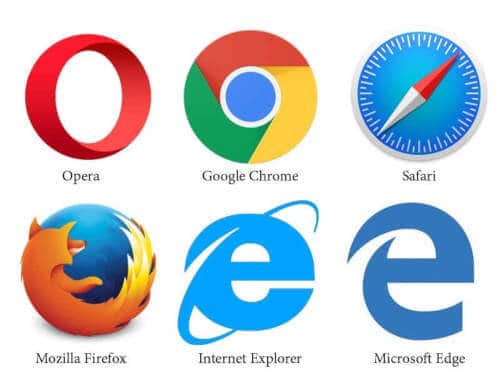
Introduction
In today’s digital age, web browsers have become an integral part of our lives. We use them daily to access websites, search for information, and connect with the online world. But have you ever stopped to wonder, “What is a browser?” In this article, we will unravel the mysteries of web browsers, exploring their history, functionality, and the vital role they play in our online experiences.
Understanding the Basics
1. Definition of a Web Browser
A web browser is a software application that allows users to access and view content on the World Wide Web. It acts as a gateway between the user and the internet, facilitating the retrieval and display of web pages.
2. Key Functions of Web Browsers
Web browsers serve multiple functions, including:
2.1. Rendering Web Pages
Browsers interpret HTML, CSS, and JavaScript code to display web content as visually appealing web pages.
2.2. Navigating the Web
Users can enter website addresses or keywords in the browser’s address bar to navigate to specific web pages or conduct online searches.
2.3. Managing Bookmarks
Browsers enable users to save and organize their favorite websites for quick access.
2.4. Storing Cookies and Passwords
Web browsers store cookies and passwords, making it convenient for users to revisit websites and log in securely.
Evolution of Web Browsers
3. A Trip Down Memory Lane
3.1. The Birth of the Web Browser
The first web browser, known as “WorldWideWeb,” was created by Tim Berners-Lee in 1990.
3.2. The Browser Wars
The late ’90s witnessed fierce competition between Internet Explorer and Netscape Navigator, known as the “Browser Wars.”
3.3. The Rise of Modern Browsers
Today, we have a plethora of web browsers, including Mozilla Firefox, Google Chrome, Apple Safari, and Microsoft Edge, each with its unique features and capabilities.
How Browsers Work
4. Behind the Scenes
4.1. Requesting Web Pages
Browsers send requests to web servers, asking for specific web pages.
4.2. Parsing HTML
Upon receiving web page data, browsers parse HTML code to structure and display content.
4.3. Rendering
CSS and JavaScript are used to style and enhance the web page’s functionality.
Browser Security
5. Ensuring Safe Browsing
5.1. Protecting Against Malware
Browsers employ security features to detect and prevent malware infections.
5.2. SSL Encryption
They enable secure communication through SSL encryption, safeguarding sensitive data like passwords and credit card information.
Conclusion
In conclusion, web browsers are the unsung heroes of our digital journeys, making it possible for us to explore the vast expanse of the internet effortlessly. Understanding the fundamentals of browsers not only enhances our online experiences but also empowers us to browse safely and securely.